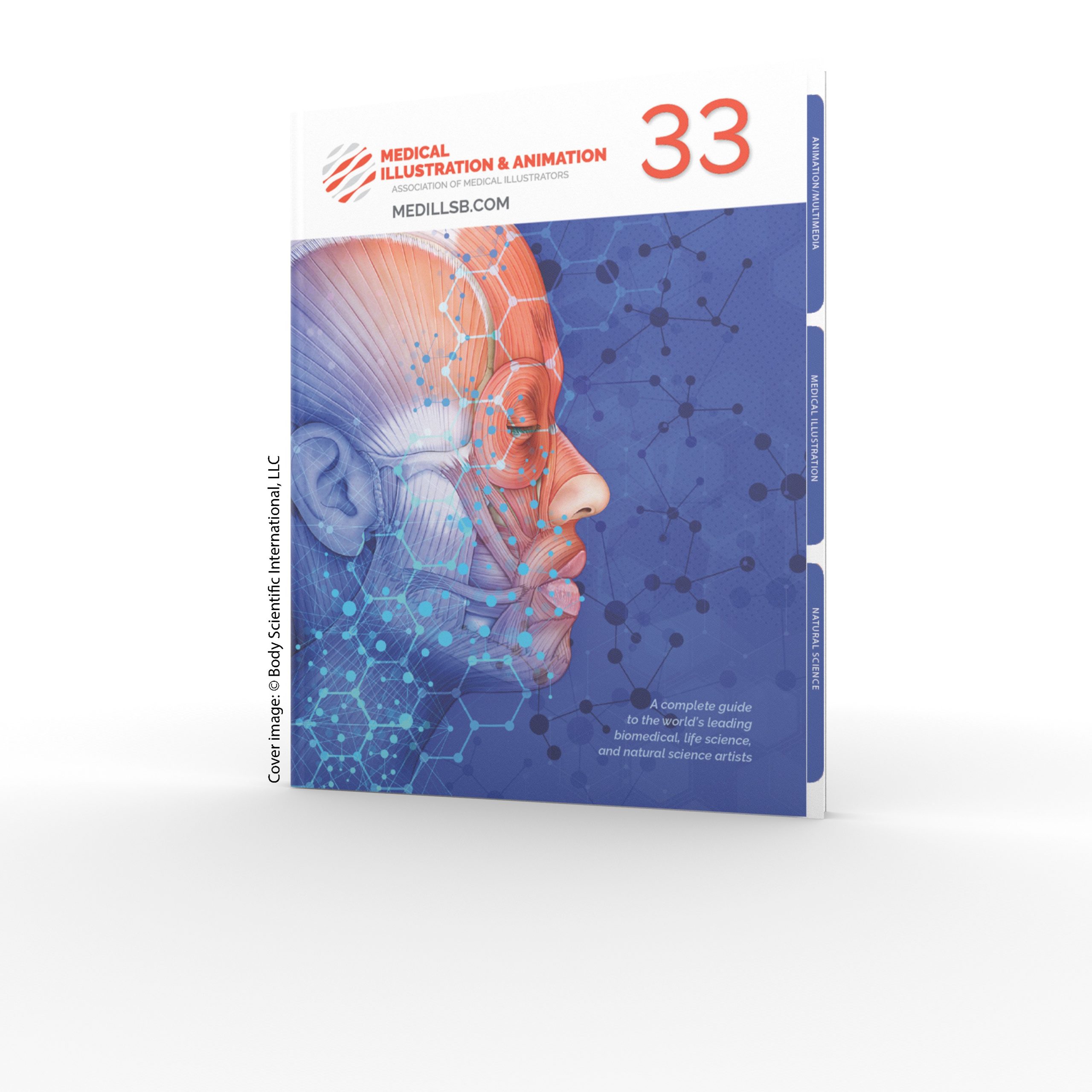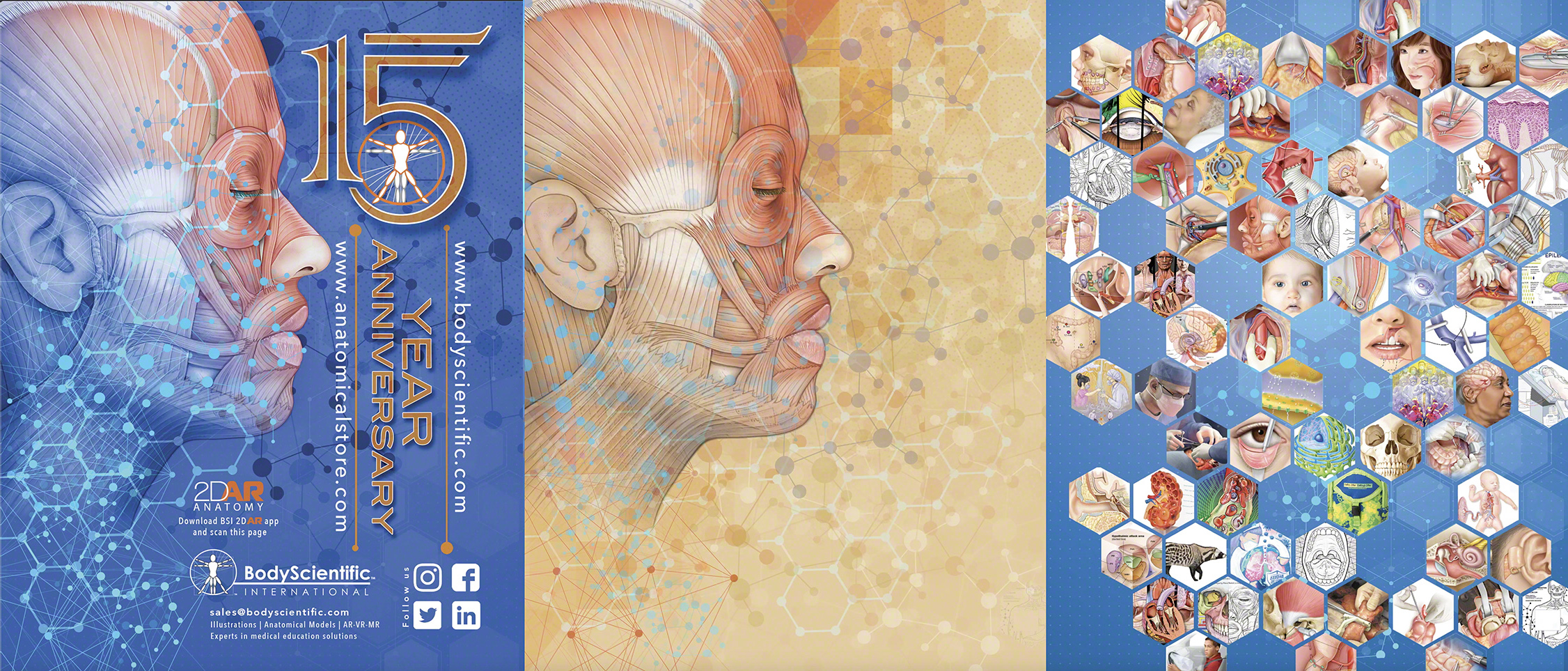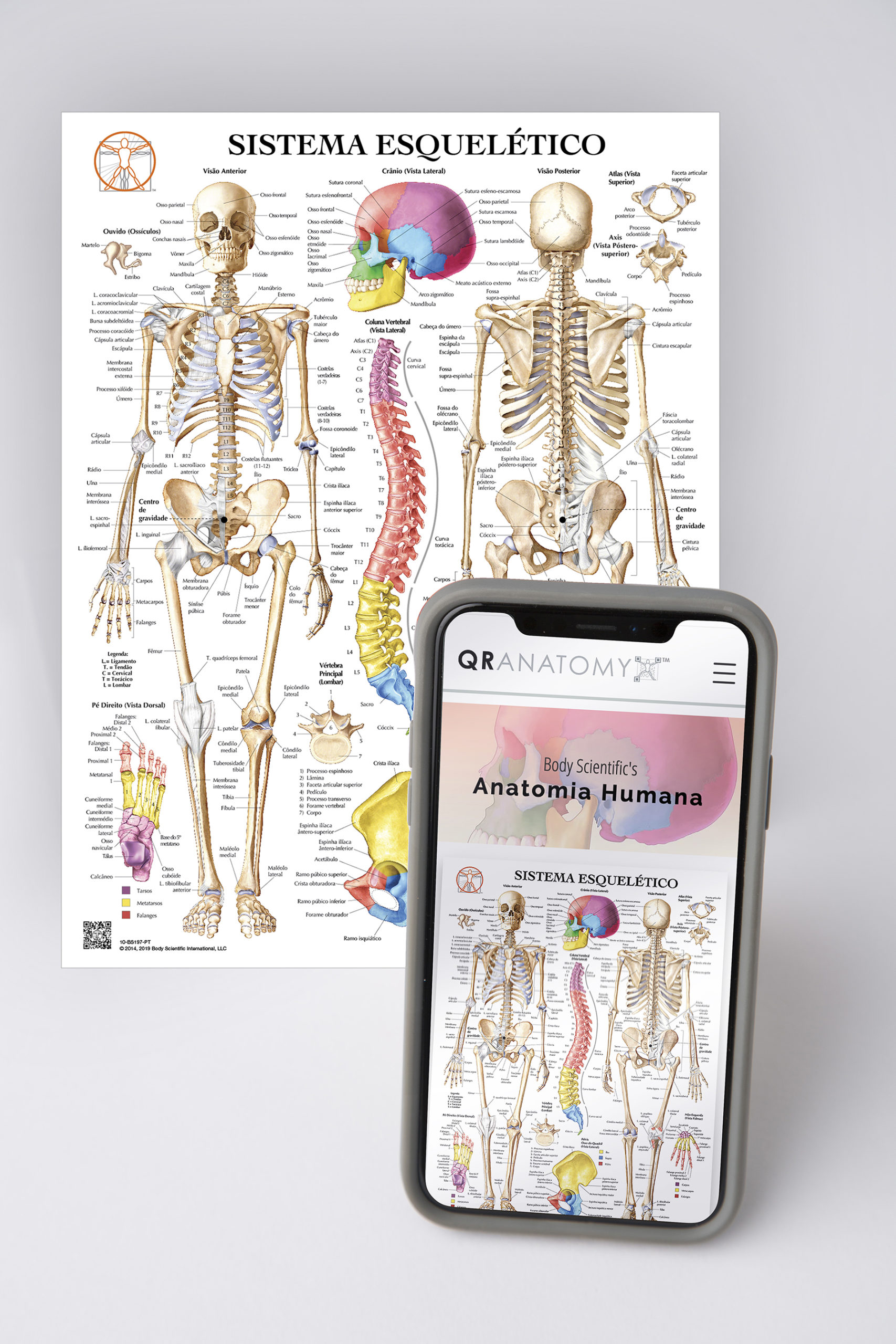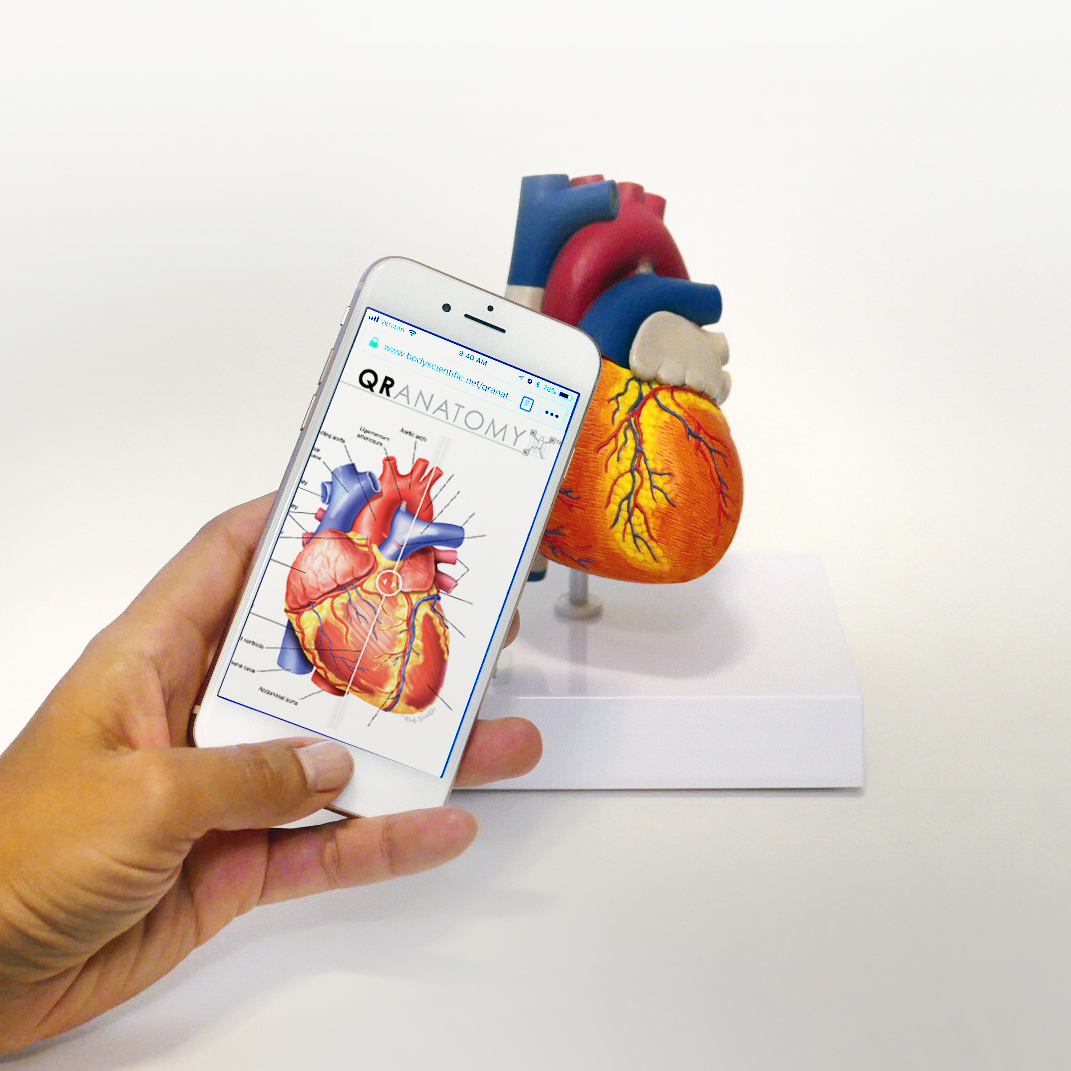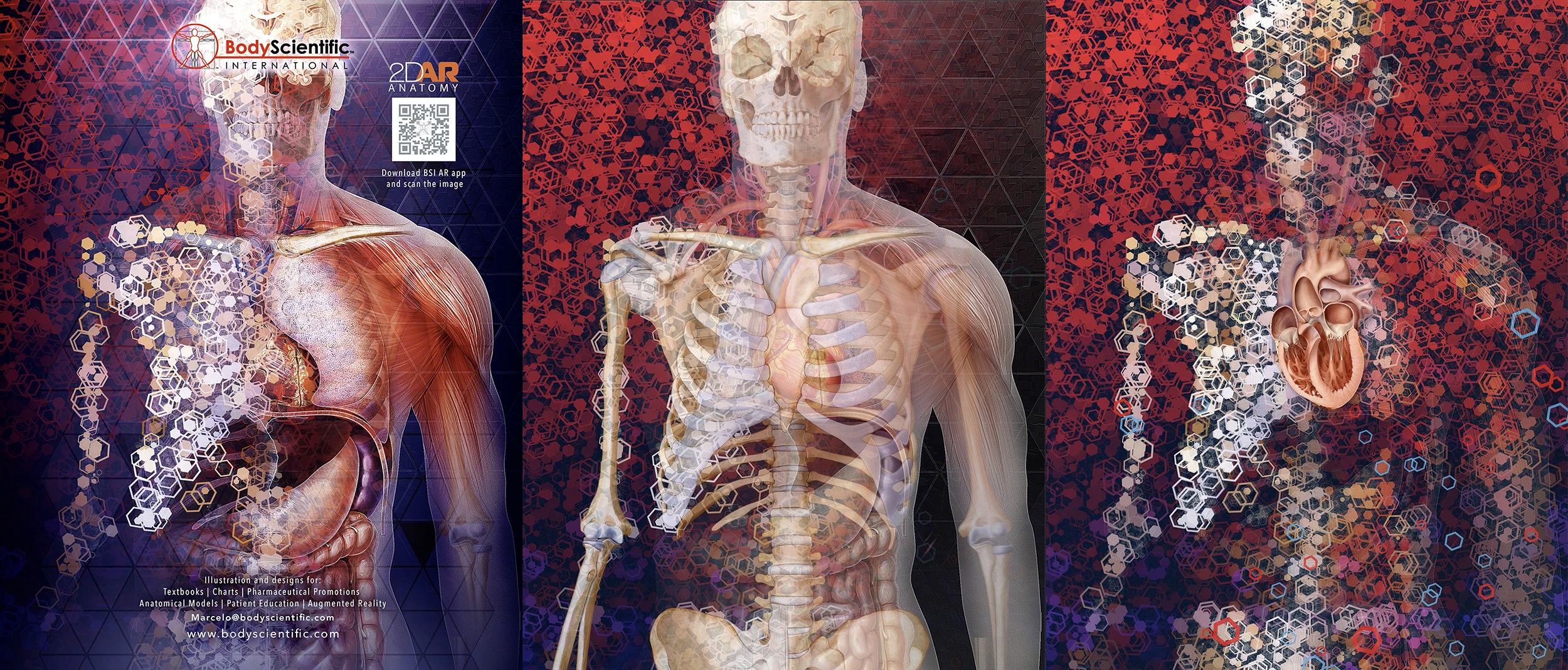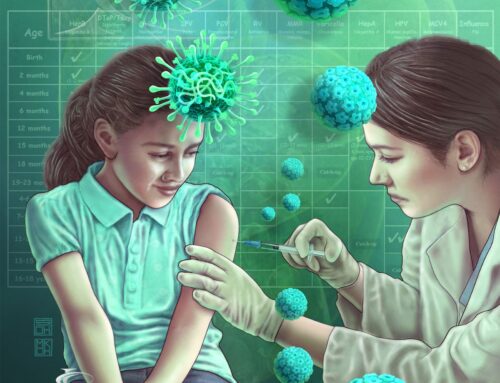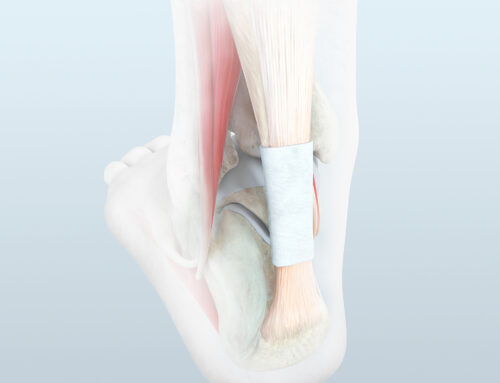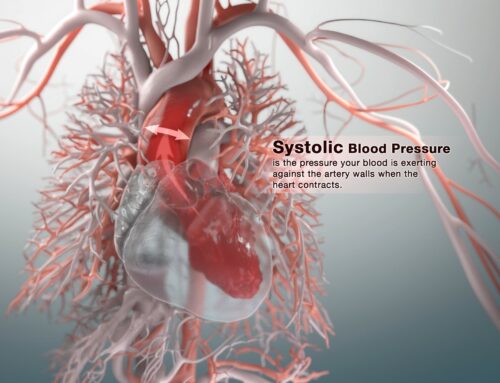As our Medical Illustration & Animation #33 book is sent out over the next few weeks, we interviewed the company behind this year’s cover illustration for a glimpse at the the future of medical animation: augmented reality and virtual reality. How do industry leaders integrate new technology to stay ahead of the competition? Where is the industry headed? The president of Body Scientific, Marcelo Oliver, answered these questions and more to give us an insider’s look into the cutting-edge field of QR, AR, and VR technology within medical illustration and animation.
This year, Body Scientific celebrates its 15th anniversary. What are the biggest changes you’ve seen in the industry up until now?
I started Body Scientific in 2005, but I have been in the industry for even longer, back when charts were created using traditional airbrush and typesetting was done with steel letter blocks. The biggest change has been the digital revolution and protecting images on the internet, because they are downloaded, copied, and redistributed everywhere. Digitally, we can create images quicker with more efficiency. This has allowed us to take on larger projects with a small, but experienced team and work remotely. Some of the biggest changes have been in the development of AR/VR and MR over the past 10 years.
As an industry leader, how important is it to integrate medical illustration with technology?

As visual communicators, it is our responsibility to stay up-to-date with the methods currently in demand by the end user. We are in an era of information overload and have to fight for attention among a sea of visual impressions. If the end user no longer learns effectively with traditional methods, then we need to be part of the solution to engage the user before their attention is diverted to something else.
How does Body Scientific stay ahead of the curve?
Interacting with professionals in our niche, either through annual meetings or personal relationships, and tech leaders on social media helps us anticipate future trends. We do have a creative partner in the tech industry. It would take us years to match the knowledge of our creative partners, so instead we work on projects together.
I think educating the public is the top priority, the more we can help them understand transmission and prevention, the more we can help relieve the burden from the healthcare workers. We immediately began creating our own Covid-19 charts and corresponding QR pages. The benefit of having tech enhancements on printed items is having an active, engaged user. The medical illustration community in general plays a big role in scientific storytelling. The more accurate visual information we get out there, the more likely we will have a direct influence on someone’s understanding of the virus.
How do you approach AR/VR projects?
We like to be involved from the beginning of a VR/AR project. We can anticipate some of the problems that the client isn’t aware of and offer strategies to tackle them. Some tech challenges include deciding to be app-based vs browser-based, registration and tracking to match up a 3D object to the real object, and best practice to protect intellectual property. One example of a challenge was creating AR animated figures for a textbook, it takes some finesse to create good image tracking, and match the white screen background to the color of the page in the book with the animation. We already have lots of finished artwork, we prefer to work with existing assets and setup the layers inside Photoshop to be easily manipulated for 2D animations.
QR, AR, and now VR. What’s next for Body Scientific and what direction do you see the industry heading in?
The industry is currently using tech as enhancements to physical products; a QR code added to a printed chart or an AR animated figure inside a textbook. I think we are still years away from digital media replacing physical objects, but most companies are trying to stay modern and on trend so the demand will definitely increase. I think it is important to actively market to your clients what you can offer in tech enhancements instead of waiting for the client to come to you. Most companies are slow to make big changes, it is worth showing them an example how AR/VR/QR can work for them. We are not just the visual providers but the visual problem solvers. Wearable mixed reality tech is where we see the industry heading.
About Body Scientific:
Body Scientific was founded in 2005 to provide medical illustration and design services to the healthcare industry. Since that time Body Scientific has created thousands of illustrations for publishing companies, developed hundreds of patient education products for pharmaceutical companies to brand promote their products, and pursues international business.
“We are medical designers that create new illustrations, designs, and technology for our customers. What makes us different is our medical education background and experience that we draw on to make important decisions for our customers and when designing products. We keep our eye on technology and how we can use it in the education process. HTML5, AR, VR and use of QR codes are examples of technology we utilize in our products. Did you know we developed some of the first iPad healthcare apps and were featured in an apple commercial?”

